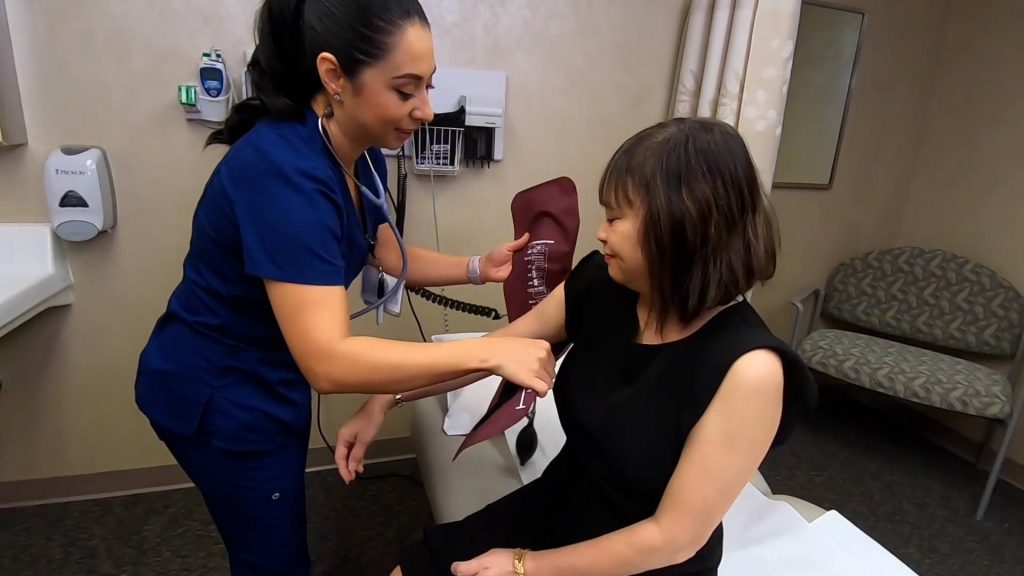Cancer is a leading cause of death among Hispanic people in the U.S., according to the American Cancer Society. Compared to non-Hispanic white people, Hispanic men and women are less likely to be diagnosed with common cancers such as lung, colorectal, breast and prostate cancer, and they are more likely to develop cancers in the liver, stomach and cervix, often linked to infections like HPV.
Early detection through screening can prevent serious health issues. Dr. Jesse Bracamonte, a Mayo Clinic family medicine physician, stresses the need for healthcare workers to discuss the importance of health screenings with patients, especially in underserved communities.
Journalists: Broadcast-quality video pkg (:59) is in the downloads at the end of the post. Please courtesy: "Mayo Clinic News Network." Read the script.
"Educating underrepresented groups is very important to prevent cancer," says Dr. Bracamonte.
He says some groups of people, including those in the Hispanic community, have higher rates of disease because they may not be getting the proper screenings.
"Colon cancer screening, breast cancer screening, cervical cancer screening, screening for heart disease are all very important because those things are very predominant in our culture, in our society, and if caught early, it can be prevented," Dr. Bracamonte explains.
Health screenings
The type of health screening depends on a person's age and gender.
"For example, colorectal cancer screening is, at age 45, looking for colon cancer. Cervical cancer screenings, such as Pap tests, we start at 21 in females," he says.
Breast cancer screening is recommended to start at age 40, and regular blood pressure checks can help monitor overall health.

"One of the most important things that you can do is see your clinician, minimum, probably once a year, based on your age level, which is really important to stay healthy and stay out of the doctor’s office," says Dr. Bracamonte.
Related posts:
- Mayo Clinic Minute: Closing the gaps in cancer care
- Mayo Clinic Minute: Breaking healthcare barriers in the Hispanic community







